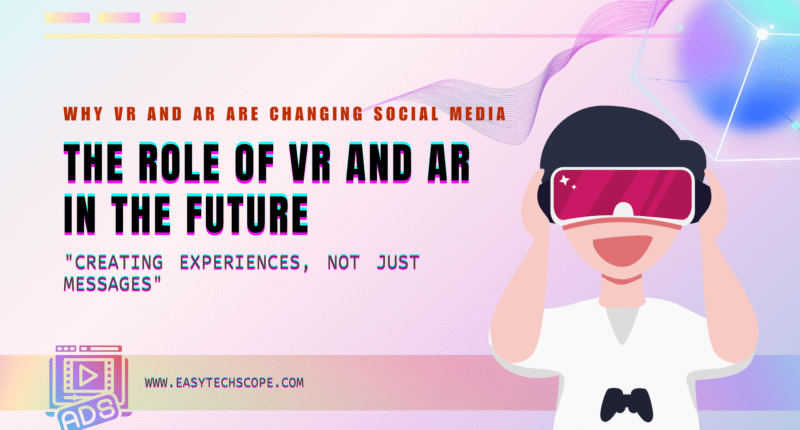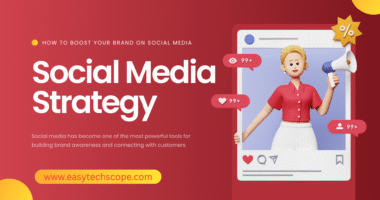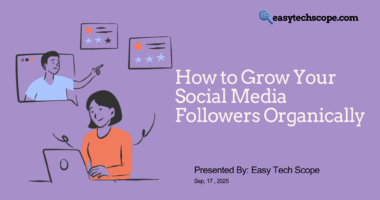Social media is no longer just about scrolling through feeds or sharing pictures. With Virtual Reality (VR) and Augmented Reality (AR) becoming mainstream, the way we connect online is about to be transformed. These immersive technologies are shaping the future of social media platforms, offering experiences that go beyond likes, comments, and shares.
Why VR and AR Are Changing Social Media
Virtual Reality creates a fully digital environment, while Augmented Reality overlays digital elements onto the real world. Both technologies are already being used in social media through AR filters, VR chat rooms, and interactive shopping. The reason they matter is simple: people want deeper, more engaging ways to interact online.
Unlike traditional social media, where interaction is limited to screens, VR and AR provide real-time immersive engagement. Imagine attending a friend’s virtual birthday party through VR or trying on clothes using AR before clicking “buy.” These aren’t futuristic dreams—they’re happening now.
Examples of VR and AR in Social Media Today
-
Snapchat and Instagram Filters – AR effects let users change their appearance, add backgrounds, or play with interactive elements.
-
Meta’s Horizon Worlds – A VR space where people can meet, chat, and even work together in a 3D environment.
-
TikTok AR Effects – Short videos with creative AR overlays that drive viral trends.
-
Virtual Shopping – Brands use AR try-on tools so customers can preview products before purchase.
These examples highlight how platforms are already embracing immersive tech to keep users engaged.
The Future of Social Media with VR and AR
Looking ahead, VR and AR will likely reshape how we use social media in three major ways:
1. Virtual Communities and Events
Instead of watching a live stream, you’ll step inside it. Concerts, conferences, and sports events will be hosted in VR, allowing users to join virtually from anywhere in the world.
2. Interactive Content and Marketing
AR ads and VR showrooms will let brands create personalized experiences. For example, you might test drive a car in VR or use AR to see how furniture fits in your home before purchase.
3. Enhanced Human Connection
Avatars, facial tracking, and spatial audio in VR can make online conversations feel more natural. This can reduce the sense of isolation often linked to social media.
Challenges to Overcome
Of course, the shift won’t be without challenges. VR headsets are still costly, AR requires strong device capabilities, and privacy concerns will grow as platforms collect more immersive data. However, as technology becomes more accessible, these barriers will shrink.
Conclusion
The integration of VR and AR into social media is not just a trend—it’s the next evolution of digital interaction. From entertainment to shopping to communication, these technologies will redefine how we experience social media in the coming years. Brands, creators, and users who adapt early will gain the most from this immersive future.









